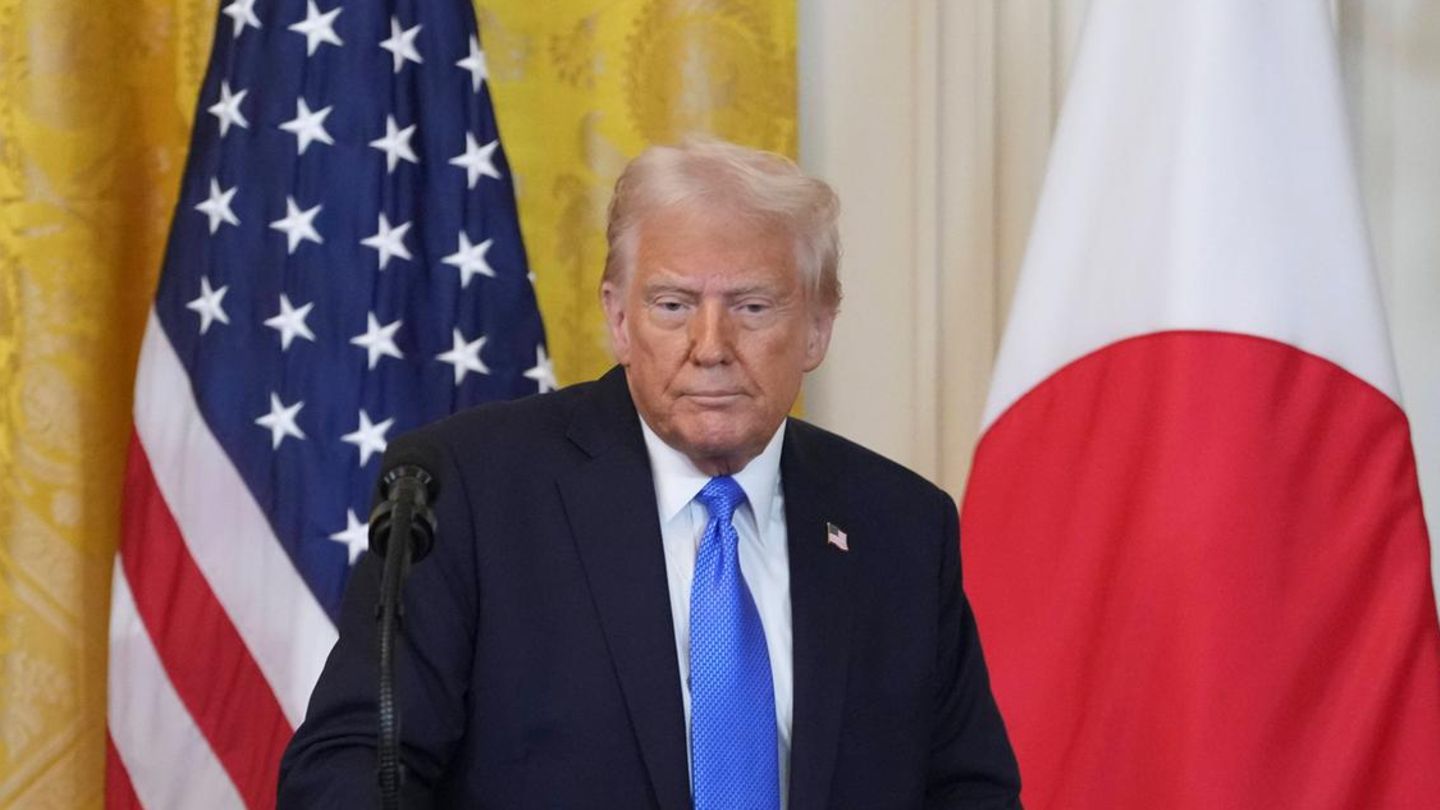While, the MEP or Stock Exchange -also valued with the Global 2030- climbs in the same proportion ($7.01) to $202.25so the exchange rate gap increases to 77.2%.
In this way, the exchange rates that operate in the Stock Market accumulate jumps of more than $10 in the last three days, due to hedging against high inflation, and after the announcement of new bonds by the Government, whose financing awakens some in the market. They had previously had collapses of more than $40 as a result of the announcement of the beginning of an understanding with the International Monetary Fund (IMF) at the end of January.
It is worth remembering that andhe Executive Branch announced on Monday a bonus of $18,000 for informal workers, private households, and monotributistas, and another of $12,000 for retirees (which is added to the previous bonus of $6,000), after knowing the highest quarterly inflation since 1991, which It fundamentally hits the most vulnerable sectors.
The financing of said monetary aid could be through indebtedness in pesos with the market, or through a tax on “unexpected income” as the Minister of Economy, Martín Guzmán, intends.
However, if it fails to raise funds through these two channels, the Treasury should resort to a greater monetary issue from the BCRA, putting in check the goals agreed with the IMF and putting pressure on key macroeconomic variables such as the dollar and inflation.
“The financing channel for this is doubtful, because nobody has much idea about this new tax on ‘unexpected income’, so it is most likely that it will end up being financed with more issuance, something that will hit you in inflation (such as happened this summer with the issuance of the “platita plan” of 2021) and something in the exchange rate since more pesos would put pressure on the gap and this on the reserves of the Central Bank,” the Empiria economist told Ámbito, Juan Ignacio Paolicchi.
official dollar
In the official segment, wholesale dollar rises 13 cents to $114.11. In this way, the price threatens to exceed the weekly adjustment of last week, ratifying the greater devaluation validated by the BCRA.
The monetary authority had to sell more than US$35 million on Wednesday, after two days with positive balances. Thus, it reduced its net purchases to about US$130 million in the month.
For his part, the retail dollar-without taxes- increases 36 cents to $119.52, according to the average in the main banks of the financial system. In turn, the retail value of the bill at Banco Nación increased 25 cents to $119.
The Solidarity Dollar -which includes 30% of the PAÍS tax and 35% deductible of profits- it grows 60 cents to $197.21 on average, although it is outperformed by both blues and financiers.
The The blue dollar rises this Thursday, April 21, and reaches its nominal maximum at the end of March, according to a survey of Ámbito in the Black Market of Currencies.
The Casual Dollar raise $1.50 to $201 and the gap with the official price is 76.1%. In this way, the blue consolidates itself as the most expensive in the market that operates above the savings dollar (quoted at $197) and the financial dollars at $199. With this rally, it returns to the highs of March 23 and accumulates a rise of $6 after operating at six-month lows.
Source: Ambito
David William is a talented author who has made a name for himself in the world of writing. He is a professional author who writes on a wide range of topics, from general interest to opinion news. David is currently working as a writer at 24 hours worlds where he brings his unique perspective and in-depth research to his articles, making them both informative and engaging.




